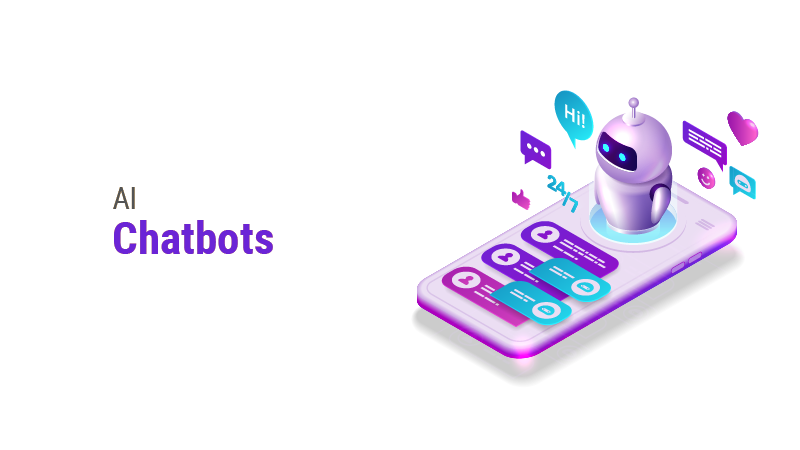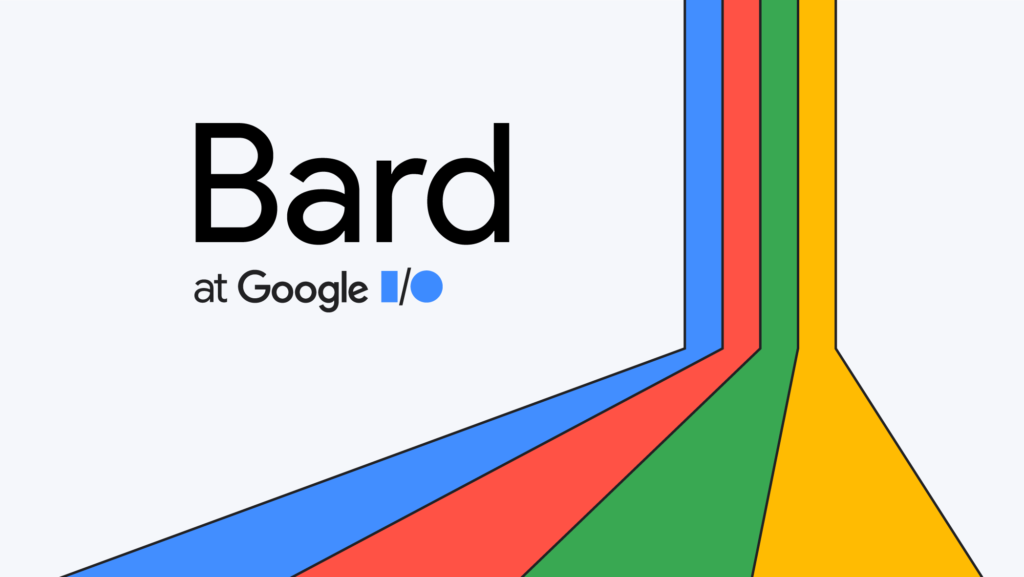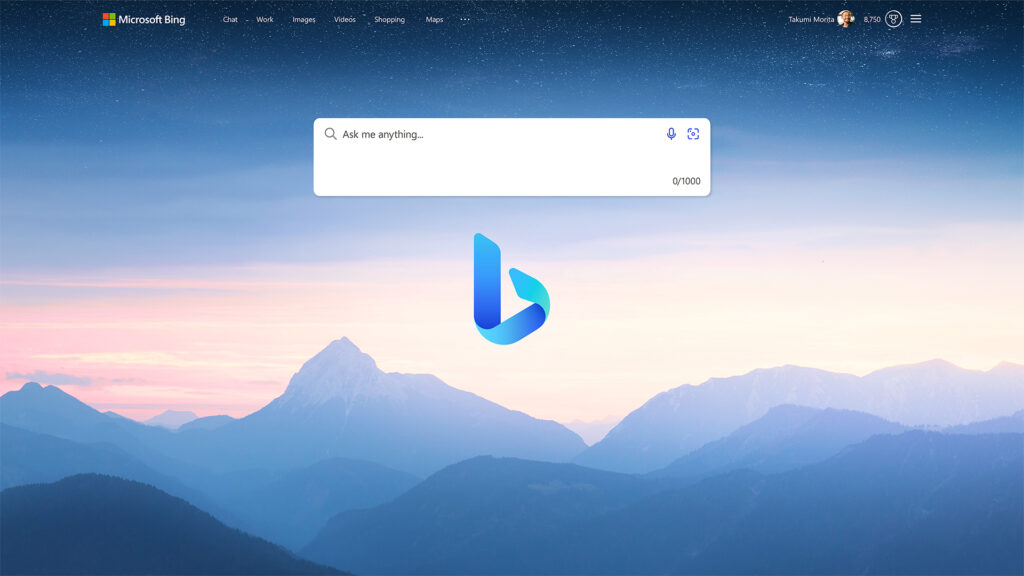
Chatbots have come a long way from their FAQ program beginnings where they were programmed to respond to certain questions with pre-written answers. They required users to select keywords to keep the conversation moving as they could not yet interpret language. Over time they have evolved through advances in their algorithms that made them more capable of following complex rules-based programming. This allowed users to interact with them in a more conversational way. Today, we see that chatbots are computer programs that simulate human conversation to an amazing degree. It does this through a branch of artificial intelligence (AI) called natural language processing (NLP) to understand questions and automate a response.
With the recent and dramatic rise of one chatbot, ChatGPT of course, we ask ourselves; are there others? Can any other chatbot compete when it seems that all anyone ever talks about is ChatGPT? Well the answer to that is yes since there are several other successful chatbots including Google’s Bard chatbot and Microsoft’s Bing chatbot (there are several more, but we are just focusing on the most popular chatbots). We will look at what these chatbots are as well as the pros and cons of each of these chatbots.
ChatGPT

What is ChatGPT?
ChatGPT is an AI chatbot that was created by OpenAI and is capable of generating human-like text. It is an advanced form of narrow artificial intelligence (ANI) and is a great step towards artificial general intelligence (AGI). The GPT part of ChatGPT stands for generative pre-trained transformer. ChatGPT uses deep learning in order to produce human-like speech. More specifically, it uses language learning models (LLM) which are neural networks that are trained on lots of data and this is GPT technology. You can find a brief summary of what neural networks are in our article giving an introduction to AI here.
Pros
- Applications – ChatGPT can be used for many applications including, but not limited to: writing code, drafting emails, gathering information, creating presentations, composing job descriptions, etc.
- Speed and efficiency – ChatGPT can answer a question in a couple seconds which can save people and companies lots of time and resources. It can also handle large amounts of requests simultaneously, allowing multiple users at once.
- Enhanced customer service & marketing- ChatGPT can be utilized by companies for their customer service as it can deliver fast and personalized responses with no cost and little to none delivery time. It can also aid with marketing as ChatGPT is usually good about keeping a consistent tone which can help companies maintain a certain brand voice. For example, Coca-Cola has used ChatGPT to create personalized messaging and images and for advertisements.
- Writing – The main aspect of ChatGPT is its ability to write, and write with lots of versatility. It is used by editors, public relations professionals, and many more people to speed up the writing process of their operations.
Cons
- Inaccurate at times – ChatGPT can often give answers that sound correct, but are truly nonsensical. One reason this is a challenging problem to solve is because if you train ChatGPT to be more cautious, it will inevitably decline questions that it could easily solve. Another reason is that ChatGPT is trained through something called reinforcement learning (RL) which means that it learns from large amounts of data and human feedback which helps to fine-tune its responses. However, RL does not require a pre-existing sense of truth, thus ChatGPT doesn’t have an existing sense of truth. ChatGPT has learned through its training on data, which leaves it susceptible to errors as it can’t confirm its results.
- Server capacity – Although ChatGPT can be quite quick at times, its dramatic rise in popularity has really tested OpenAIs server capacity. There may be times when the servers are full and users have to go back later to use ChatGPT. This can really hinder companies that rely on ChatGPT being used 24/7 if the servers are at maximum capacity.
- Bias – ChatGPT has been shown to have certain biases. Studies have shown ChatGPT to have a liberal bias including a bias for Democrats in the United States, Lula in Brazil, and the Labour Party in the United Kingdom. ChatGPT has been infused with this bias from its data scraping of the internet data it has been trained on.
Google Bard

What is Google Bard?
Bard is an AI chatbot that was created by Google and was initially developed with LaMDA technology but is now developed with PaLM 2 technology (pathways language model 2). Google Bard can provide users with human-like texts and images to their prompts.
Pros
- Built with cutting edge model PaLM 2 – This ultra modern model has cutting edge multilingual, coding, and reasoning abilities. This model is trained with large sets of data including: source code from open-source repositories, Wikipedia articles, social media, books, articles, etc.
- Specific generative potentials – Google Bard is usually characterized by its feature of text generation. This means that it can produce text in diverse styles and formats such as in article form, email message form, etc. Bard can also generate and debug code in multiple programming languages.
- Real-time information – Bard does a great job of providing up to date information by extracting info from the web through Google. This allows Bard to give dependable and relevant information across many topics.
- Extensions through plugins – Google Bard has a feature that allows users to use extensions through plugins. Users can use this feature in other apps or sites such as Spotify, YouTube, Adobe, etc. This allows users to control things such as streaming or watch videos in the same chat interface.
Cons
- Bias and inaccuracy – Google Bard is trained on large sets of data that potentially contains bias and inaccuracy. This makes users have to fact check information obtained from it.
- Does not provide sources – Although Google Bard may be helpful for research, one of its biggest disadvantages is that it does not cite sources or provide any links. This makes Bard not so good as a sole resource for research.
- Inconsistencies in reponses – Google Bard is inconsistent in its reponses. For example, Bard might say it’s able to analyze a certain document, but when you give Bard the the document, it will lack the ability to read the document.
Microsoft Bing

What is Microsoft Bings chatbot?
Microsoft’s Bing chatbot was built with the machine learning model, GPT-4 (you can briefly learn about what machine learning is from my article giving an intro to AI). It is plugged into Bing’s search engine which allows this chatbot to search the internet for information. This chatbot will give you human-like responses to your questions. This chatbot is an exclusive feature of Microsoft Edge, but you can use it in Chrome with an extension and Microsoft account.
Pros
- Powered by GPT-4 – This chatbot uses OpenAI’s (ChatGPTs creator) GPT-4 model. This model is the most accurate and enchanted version of GPT’s. A good thing to keep in mind is that ChatGPT’s free version uses GPT-3.5 whereas the paid version uses GPT-4.
- Tailored conversations – Bings chatbot can be set in one of three conversation modes: the first being creative style for imaginative responses, the second being balanced for a mix of factual and creative responses, and the third being precise for strictly factual and concise responses.
- Cited references – Bings chatbot links to references of where it got its information.
- Translation capacity – Microsoft’s Bing can translate over 100 languages (more than ChatGPT and Bard), enabling smooth communication and readability across the world.
Cons
- Limited chat sessions – Bings chatbot has limited chats per session a day in order to not overwhelm the system. You can have 30 chats per session on the Edge browser.
- Shorter responses – ChatGPT will often provide longer responses to questions than Bings chatbot. Bing’s chatbot lacks the capability for longer responses.
- Inaccurate – Like other chatbots, Microsoft has warned about Bings chatbot misrepresenting information and giving out inaccurate info.
Conclusion
Now we ask the question: which AI chatbot is the best? Although ChatGPT is the most popular, the Bing chatbot allows users to use GPT-4 technology for free, unlike ChatGPT. Bing also generates images whereas ChatGPT does not. Something else to keep in mind is how Google’s Bard uses the language model called PaLM 2 instead of the GPT’s, which is what ChatGPT and Bing’s chatbot use. Is GPT or PaLM 2 technology better? Does this make Bard better or worse than ChatGPT and Bing? These will be topics we will write about in the future. Thank you for reading this article and be on the lookout for more articles about natural language processing and AI chatbots!